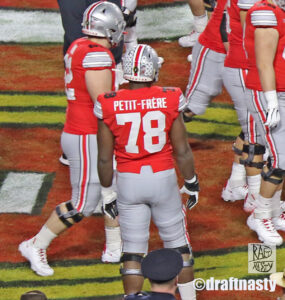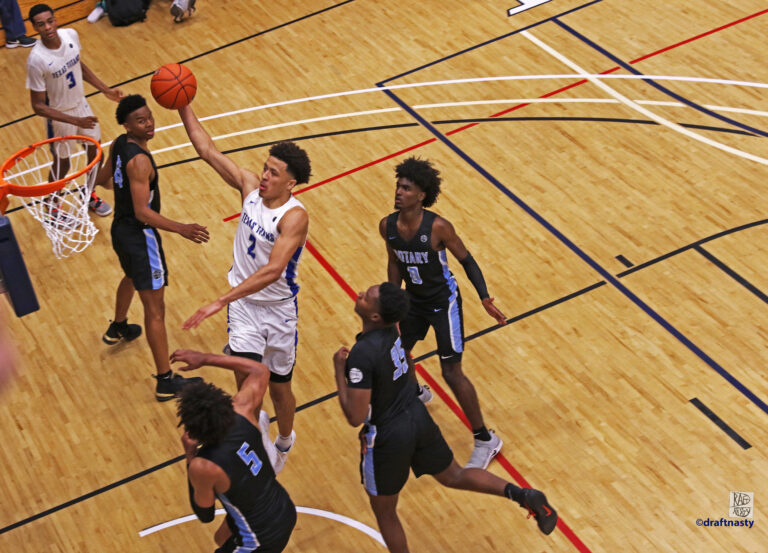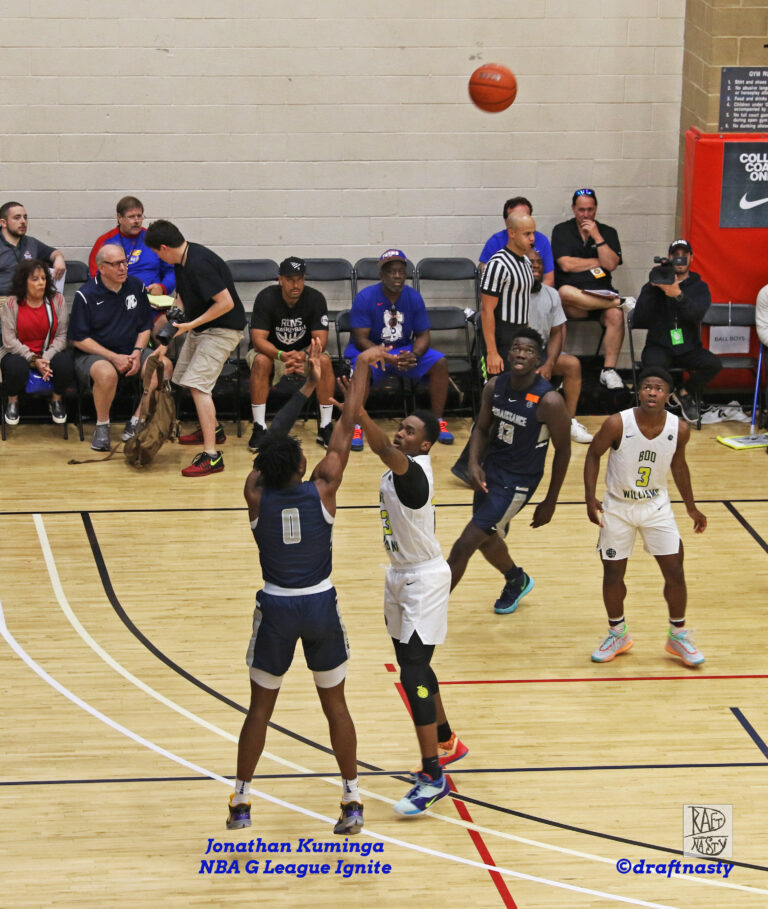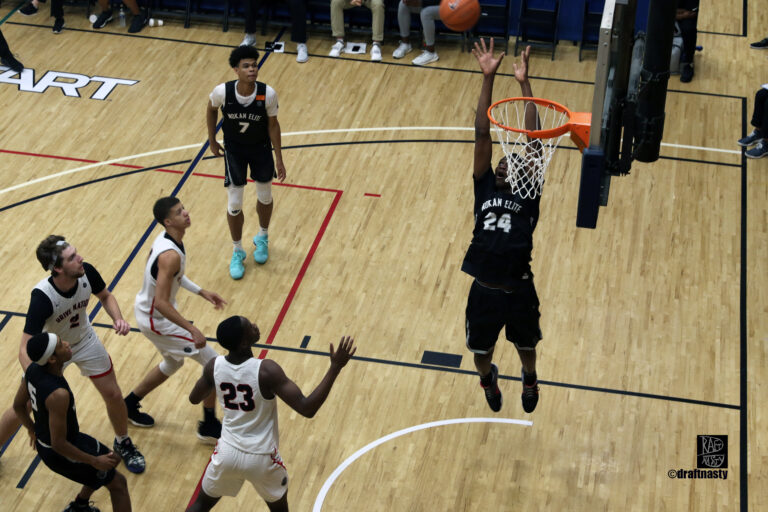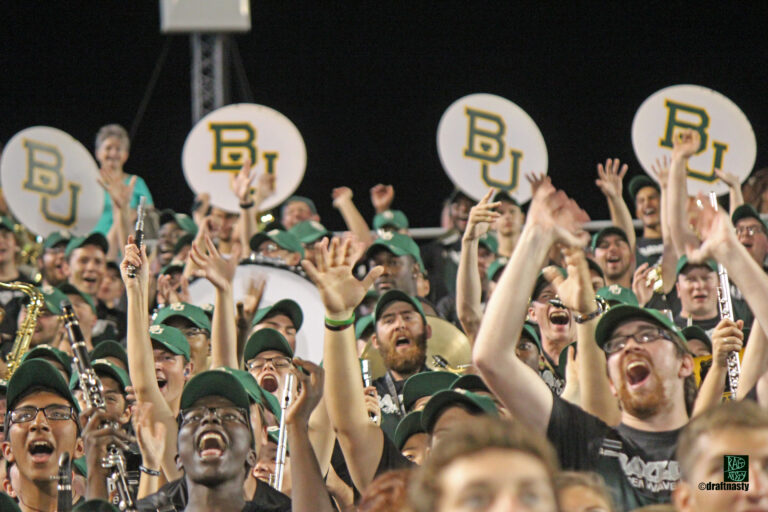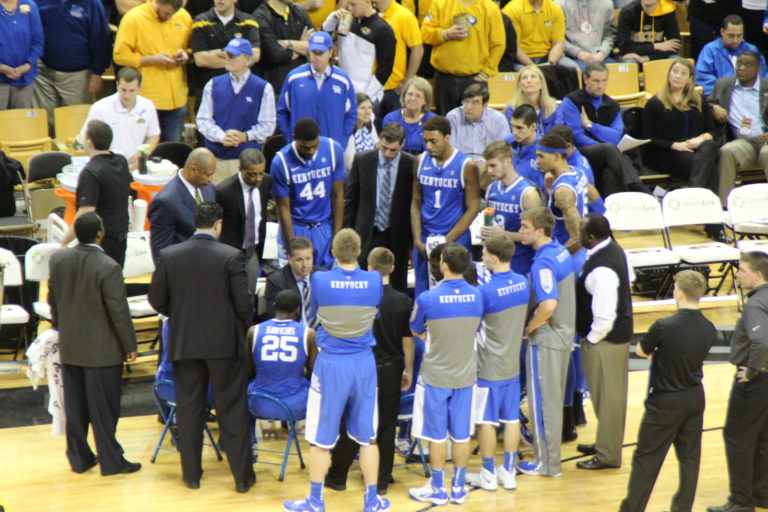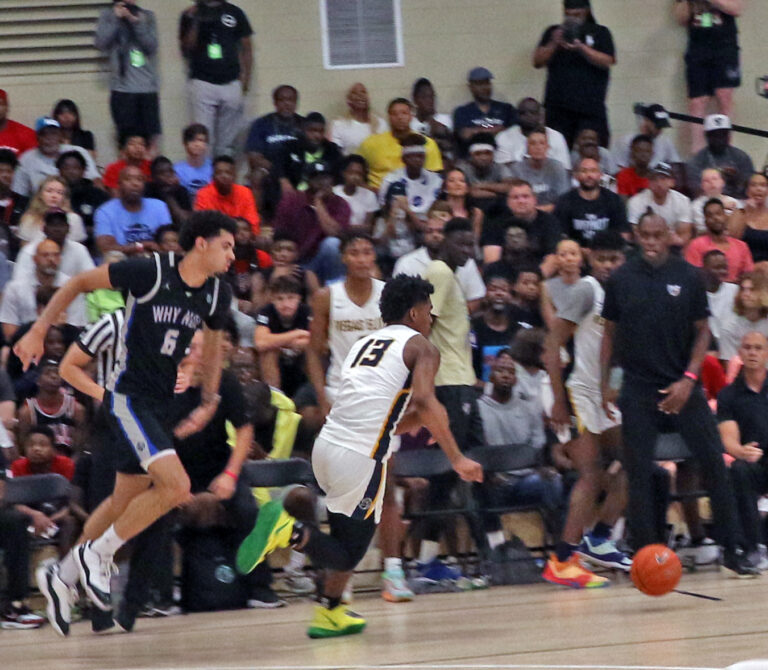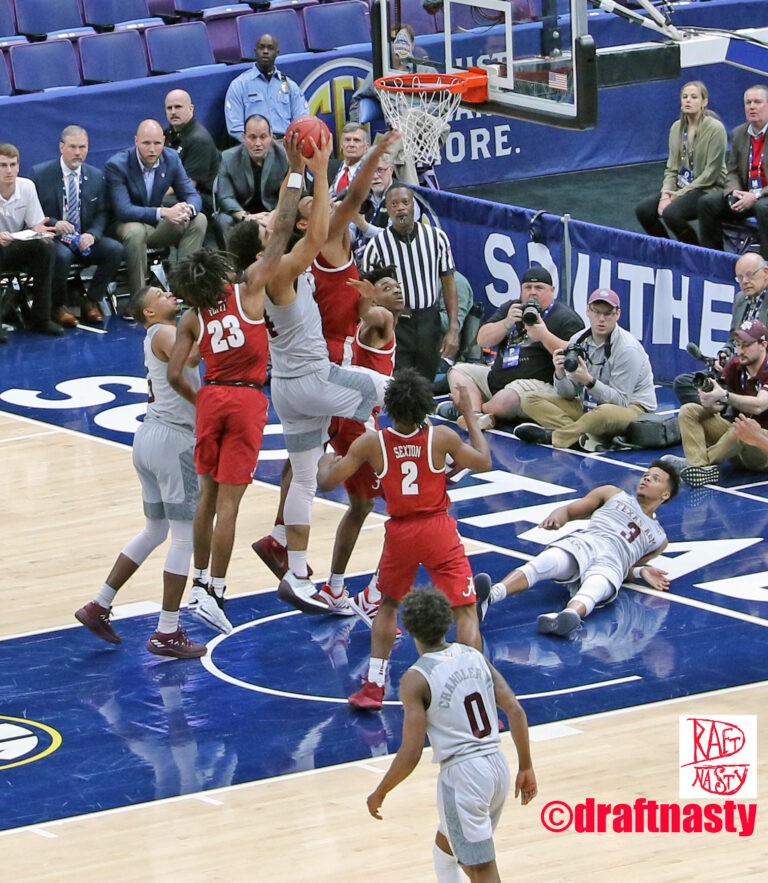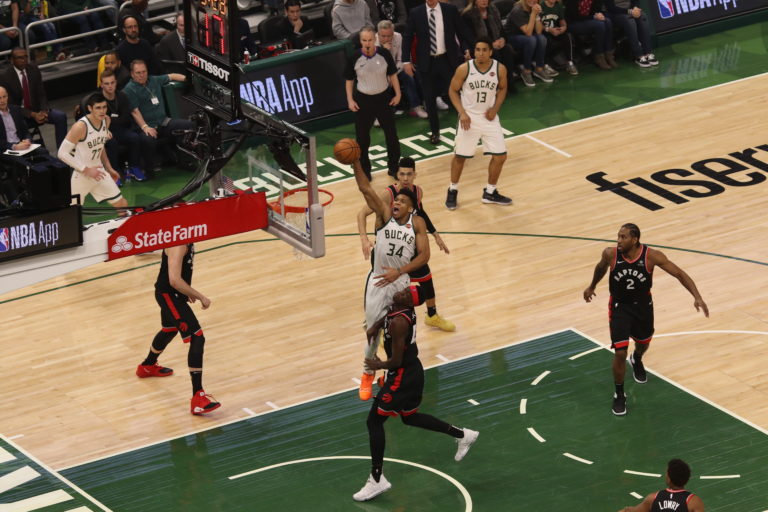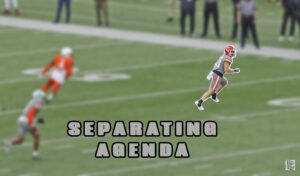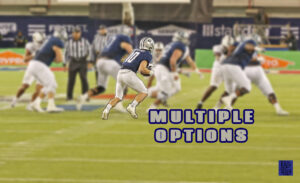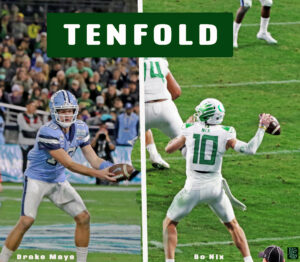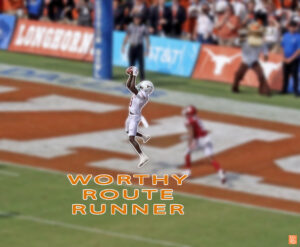Cunningham could become Oklahoma State’s first No. 1 overall selection in the 2021 NBA Draft. The school has had just...
Articles
Kuminga, who was once ranked as the one of the top prospects in the 2021 recruiting cycle, reclassified to the...
NBA Draft Prospect: N'Faly Dante C- Oregon, was one of the many athletes that the Ducks used. Dante, a sophomore...
Once the 2021 NCAA Tournament bracket was released on Sunday, millions of people made their picks. Some made their picks...
Last month, DraftNasty's Troy Jefferson presented a model, which was supposed to be a guide to choosing a champion in...
A blue blood is someone who is wealthy and powerful. In terms of college basketball, the phrase describes programs that...
Arizona State guard Josh Christopher's ball handling continues to impress in the open court, and it has actually been an...
Petty has been one of the more consistent players in the SEC over the last four seasons and he has...
Like most in the NBA, every team dreams of having a dynamic duo like Pippen and Jordan, Shaq and Kobe,...
Welcome to DraftNasty’s 2020-2021 NBA Season Preview. In this preview, we will offer a quick division-by-division snapshot, make our picks...
